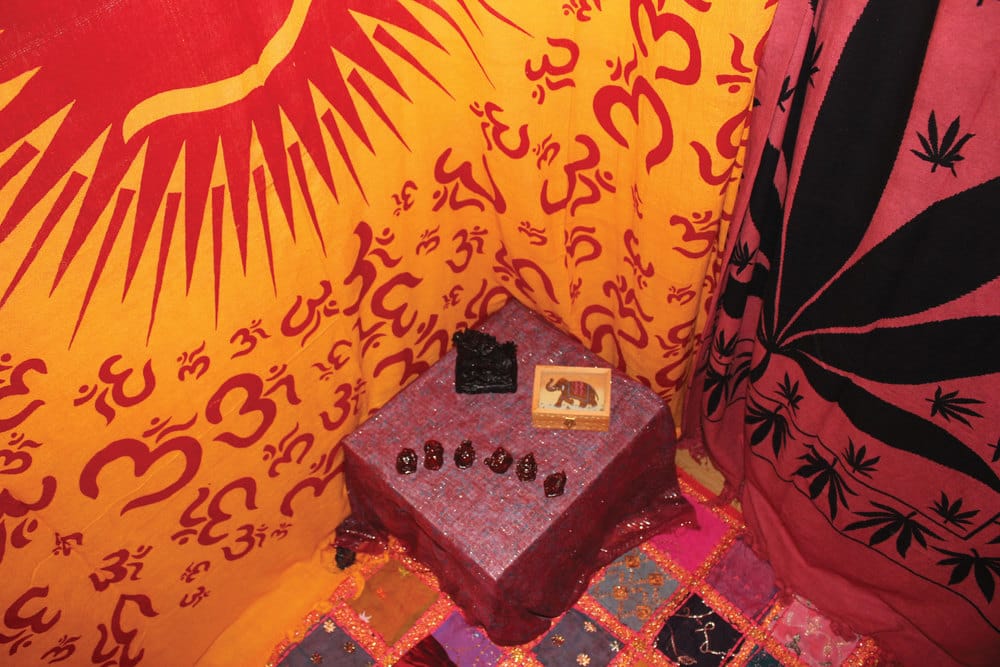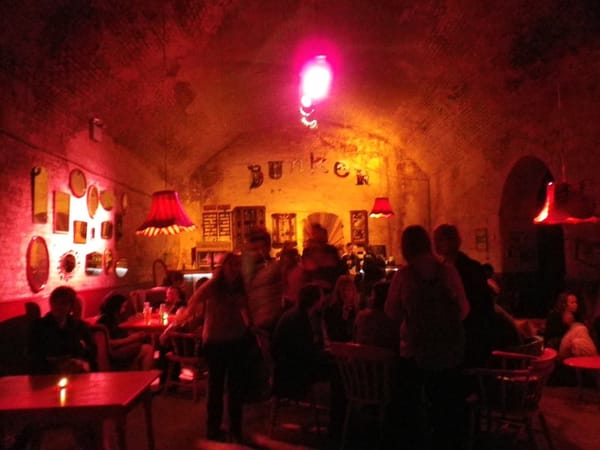DIY: meditation room
Navid Nabijou embarks on a spirituo-materialistic journey

There isn’t a whole lot of space in my flat. Its close proximity to college is a massive plus, but one of the trade-offs is having to share rooms. This isn’t all bad by any means, but at times it can grow a bit trying. When we moved in, we realised that – thanks to the wisdom of some enlightened architect – we were endowed with two storage rooms. Having managed to pile all the suitcases and broken bookshelves into one, the question arose as to what to do with the other.
The idea soon formed of having some sort of designated place of quiet. Some of us already had experience in the practice of meditation. After all, as millions all over the world can attest, you don’t need to be a devout Buddhist monk to meditate. Anyone can do it, and should: if you’ve never tried, I really can’t recommend it strongly enough. Even when practiced for just a few minutes each day, the mental and physical benefits of meditation are well documented.
You might well object at this point: “If you want to meditate, why not just go ahead and do it? Surely, tranquillity is something of the mind. Is such a lavishly decorated room really necessary?” You’re right, of course. But somehow, having a specifically designated room is a great way to motivate you to actually use it.
Have I done enough to sell it to you? Good, then let’s begin. First off, you’re going to need to find all the stuff. We took a trip to Camden; there’re a few shops around the Stables Market that stock everything you might need.
Exactly what you end up getting depends on your personal preference, as well as the dimensions of the room. We opted for a subdued red colour scheme to fill room, which measure about a metre by a metre and a half (small enough to fit a person in but not much else).
We selected four large throws (£7 each) to cover the walls and ceiling. Using drawing pins, we affixed three of them to the walls and hung one across the ceiling – just below the ceiling lamp, thereby softening the light coming into the room.

We then covered the floor with a thin carpet (£6), and placed a simply patterned cushion (£4) in the centre of the room.
A table for incense burning is an optional extra. We made ours by covering a cardboard box with a couple of patterned pashminas (£1 each). On top of this we put a small box to hold the incense and a fancy dragon-shaped incense burner we picked up in the market.
In its completed form, the room’s a joy to use. At the end of a stressful day, nothing beats a quarter of an hour in silent repose, as the pungent aroma of the incense washes over you.









